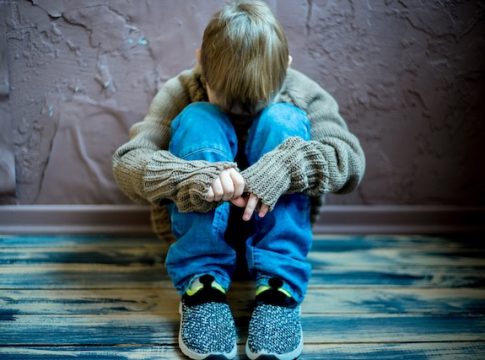Addressing the Youth Mental Health Crisis in Central Oregon
As mental health professionals and caregivers, we hold a profound responsibility to prioritize the well-being of our youth. Recent challenges have illuminated a striking concern in Central Oregon: the lack of adequate mental health resources for children and adolescents shows a dire need for urgent attention and action.
The Current Landscape
Many children today are facing unprecedented mental health challenges. Disorders such as depression, anxiety, and behavioral issues are increasingly prevalent, often accompanied by serious risks. Unfortunately, the local infrastructure for treating these issues—particularly pediatric psychiatric care—is falling short. This shortage is exacerbated by the lingering effects of the COVID-19 pandemic, which has left many children struggling to access the critical help they need.
Key Issues:
- Many young patients are ending up in overwhelmed emergency departments, where the environment is often not conducive to healing.
- Young patients, including those as young as eight years old, may find themselves in distressing situations while awaiting care, which can hinder their recovery.
The Impact of Insufficient Resources
The consequences of this crisis in mental health resources are deeply felt. Pediatricians and caregivers face tremendous challenges in providing the necessary support amid an ever-growing demand for mental health services. Families in and around Central Oregon are increasingly finding themselves with limited options, particularly as local youth mental health programs have closed down.
Why This Matters:
- Access to specialized mental health services is critical for the development and safety of children.
- Prolonged waits for care can exacerbate existing conditions, making treatment more complex and less effective.
A Step Towards Hope
There is, however, a ray of hope on the horizon. A proposed investment of $3.82 million for a new pediatric psychiatric facility in Central Oregon could pave the way for much-needed resources. This initiative, supported by local leaders, signifies an important commitment to improving mental health access for our youth.
- Benefits of the Proposed Facility:
- Better Care: Children would receive treatment in a safe, therapeutic setting rather than an emergency room.
- Closer to Home: Families would have local access to essential services, reducing the burden of travel.
How You Can Help
Supporting this initiative can make a significant difference in our community. By reaching out to state senators and representatives, individuals can advocate for investments in mental health care that prioritize our youth’s needs and create pathways for recovery.
Advocacy Steps:
- Write to your local representatives.
- Share your thoughts and stories about the importance of accessible mental health services for children.
- Engage community members in discussions about mental health awareness.
Conclusion
As we confront the challenges in youth mental health care, it is vital to keep hope alive through proactive measures and community support. By addressing these gaps, we can foster a nurturing environment where every young person has the opportunity to thrive. Together, let’s advocate for the mental health resources that our children deserve—because every child should have the right to compassionate care.

Covers wellness, nutrition, mental health, and daily life tips.
Bio: Talia brings a background in health journalism and holistic living to help readers live better, one tip at a time.

